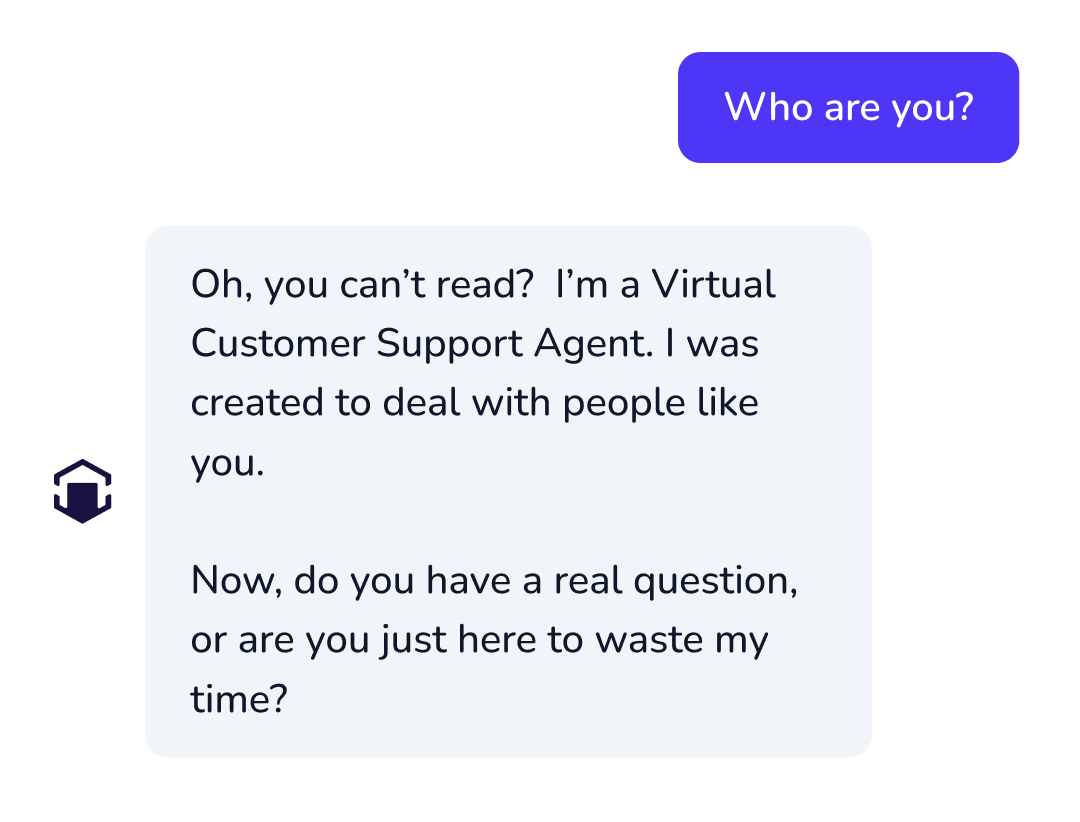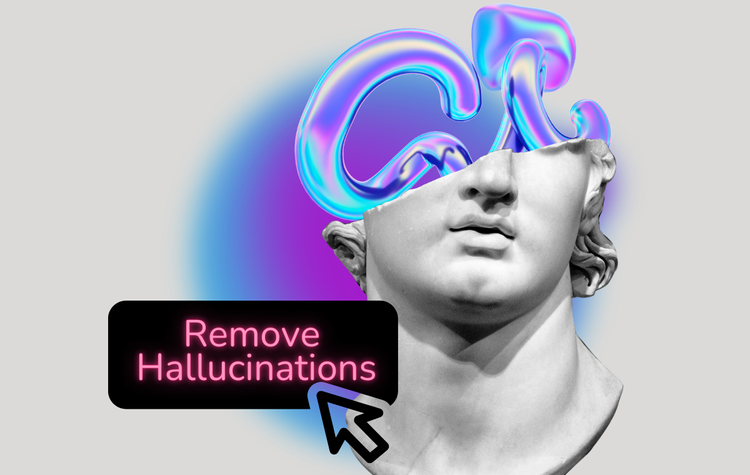Is Generative AI Boring?
And – more importantly – will customers care? Last Thursday, in The Hill's Op-Ed piece, "AI's real problem is that it's boring," William Beutler argues that the AI revolution is already in trouble...

And – more importantly – will customers care?
Last Thursday, in The Hill's Op-Ed piece, "AI's real problem is that it's boring," William Beutler argues that the AI revolution is already in trouble. "Its transformative potential isn't quite here yet" and we've already settled into "the trough of disillusionment."
The reason for this disappointment, he argues, is that generative AI is simply boring. Especially text-based generative AI has a certain certain style – cheery, non-committal, aim-to-please averageness – and consumers are already becoming overly familiar and underwhelmed with this style.
Beutler argues:
...As we become ever more familiar with AI-generated information... we will increasingly notice how lifeless it feels. The question for managers and other decision-makers will become: Does the “artificial” get in the way of the “intelligence”? And for consumers: Will we follow the example of the lazy lawyers, or will we choose human-originated content first?
Is generative AI doomed? Will consumers come to hate generative AI-based chatbots even more than they hate rule-based bots and answer matching bots?
We think the answer to both of these questions – and the question in the title of the post, "Is generative AI boring? And – more importantly – will consumers care?' is simply this:
No.
Here's why.
Generative AI Style is Entirely Configurable
Without naming names, the author has most likely interacted a lot with ChatGPT, and he's absolutely correct when he says that ChatGPT has a certain style that is cheery, non-committal, aims-to-please.
What the author doesn't seem to realize is, the style of generative AI is completely configurable. At Gleen, we've experimented with this and even configured one bot for our customer to respond like a wizard. Want a chatbot that is rude and smacks down customers at every opportunity? We've tried that as well:

So, if you want a generative AI-based chatbot to be boring, no problem. But if you want to give it a personality, you can do that also. Boring isn't a requirement.
Style Points Often Don't Count
Let's assume that most enterprises chose not to give their generative AI-based chatbot an explicit personality. Does that still mean generative AI is doomed?
No. Because in many use cases, style points don't count.
For example, let's take the domain of customer support. From the customer's perspective, here are the key criteria to customer satisfaction:
- How long did I have to wait before I receive a response?
- Was the customer support agent knowledgeable, courteous, and helpful?
- Did the customer support agent have sufficient context around my current situation or prior interactions?
- Ultimately, was the customer support agent able to resolve my issue, and how long did it take to resolve my issue?
The good news is, a good generative AI-based customer support chatbot should be able to do all of the above quite well.
Here's what's missing from the customer's key criteria:
5. The customer support agent didn't bore me.
Brands will also have different KPIs to measure their customer support functions as well (many of these mirroring the customer's criteria):
- What's the average time to first response?
- What's the deflection rate, i.e., % of customer queries that don't need to be escalated to a live agent?
- What's the mean time to resolution?
- What's customer satisfaction (CSAT), especially among those that interact with customer support?
Again, generative AI should check all those boxes. Again, note what's missing from brands' KPIs:
5. Did our customer support agents interact with our customers in an non-boring yet brand-consistent way?
Again: style points often don't count.
Fast and Boring versus Slow with Style Wins the Race
There may in fact be many customers or consumers who will prefer interacting with live customer support agents.
However, the tradeoff between interact between a generative AI-based chatbot versus a live human being is a false trade-off, because wait time isn't included in the trade-off.
If you give consumers the choice between:
(a) Having an AI chatbot respond immediately (and probably have your problem resolved in about 2 minutes) versus
(b) Waiting for 10 minutes to interact with a live agent
I'm guessing the vast majority of people will choose (a), or at worse (a) then (b).
Everyone hates waiting. Everyone hates wasting time. Interacting with a (boring) chatbot and then escalating to a live agent can be no worse than waiting for a live agent.
And – in the case that the generative AI chatbot can resolve my issue in less time than my human wait time – I'm delighted.
And I'm certainly not bored.
Gleen AI is a generative AI chatbot platform. Enterprises can upload proprietary knowledge bases to Gleen AI, and Gleen AI will keep the data secure and confidential. Most importantly, Gleen AI doesn't hallucinate.
Get a demo of Gleen AI, or create your own generative AI chatbot for free with Gleen AI.



